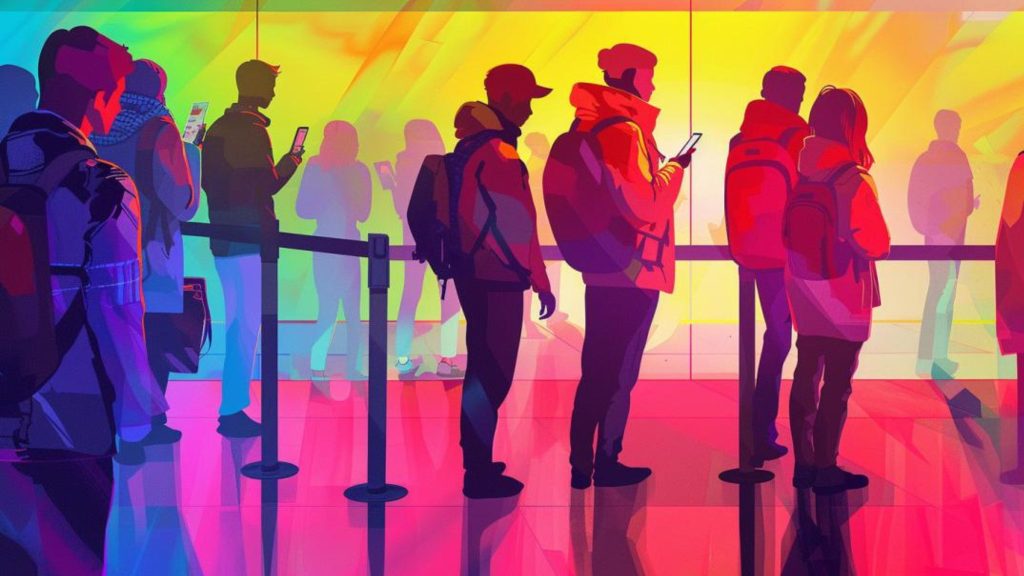Modern data mining and tracking have become incredibly pervasive. Companies such as Facebook, Amazon, and Google can collect an incredible amount of data from us and track our online activity across multiple devices. But if you thought this was the height of Orwellian surveillance, think again. A new report from the Los Angeles Times has revealed how a creepy new technology is being used to perform data collection in a way that’s even more invasive than the methods these big tech companies currently employ.
The technology is called geofence tracking and it allows ads to be pushed to the phones of people in a specific geographic location. It also collects the unique identification number of the phones in that specific geographic location.
This unique identification number can then be used in conjunction with cross-device tracking technology to follow the phones home and match them up with associated computers, smart TVs, smart speakers, and other devices.
This means if your phone’s unique identification number is captured in an electronic geofence, it could potentially be used by a data broker to track your movements and discover all of the devices you own.
Then with this information, the data broker could continuously monitor you and advertise to you through all of your devices. The creepiest part is that this could all happen without you knowing about it.
The report from the Los Angeles Times provides multiple examples of how geofences are being used to track and advertise to people in real-time.
The first example focuses on the politician Tony Evers, who used a geofence at a Wisconsin state Democratic party meeting to push ads to everyone in attendance in a bid to win the support of officials.
The Democratic strategist Dane Strother, who advised Evers, gave this chilling analogy of how precise the tracking in geofences can be:
We can put a pin on a building, and if you are in that building, we are going to get you.
Another example shows how a firm hired by RealOptions, a network of pregnancy crisis centers based in California, used geofence technology to track phones around abortion clinic lobbies and push ads for abortion alternatives to those phones.
The report also highlights how some digital billboards use these geofences to present personalized messages to people as they approach and how political campaigns often use geofences to collect the unique identification number of almost everyone who attends a specific event.
Overall, the report offers a frightening glimpse into the constant tracking and surveillance we can expect in the coming years.
Smart home devices surveil almost every move we make inside our own homes and this geofence tracking technology could apply this same level of surveillance to everything we do outside of our homes.
If you're tired of censorship and dystopian threats against civil liberties, subscribe to Reclaim The Net.









